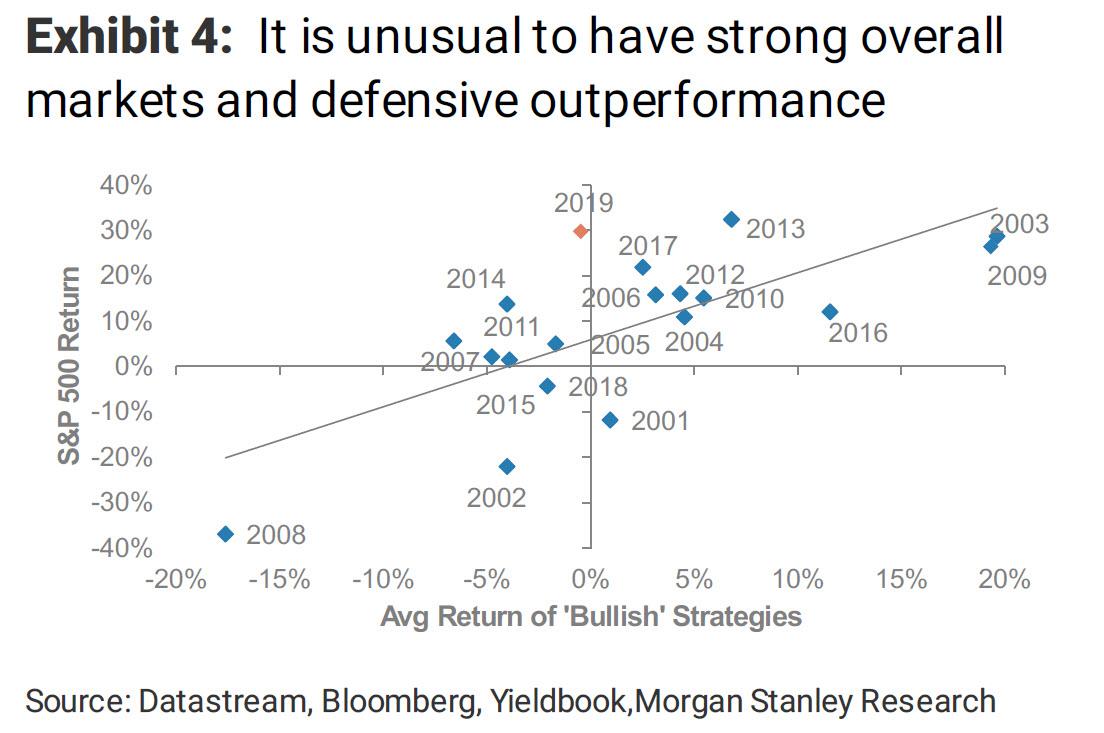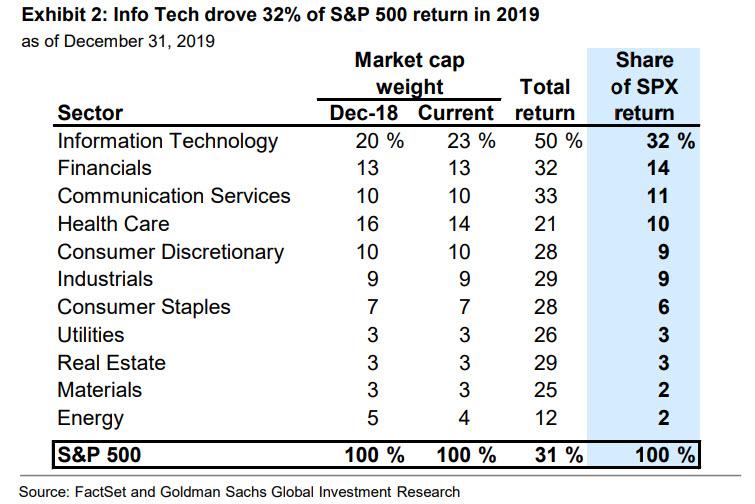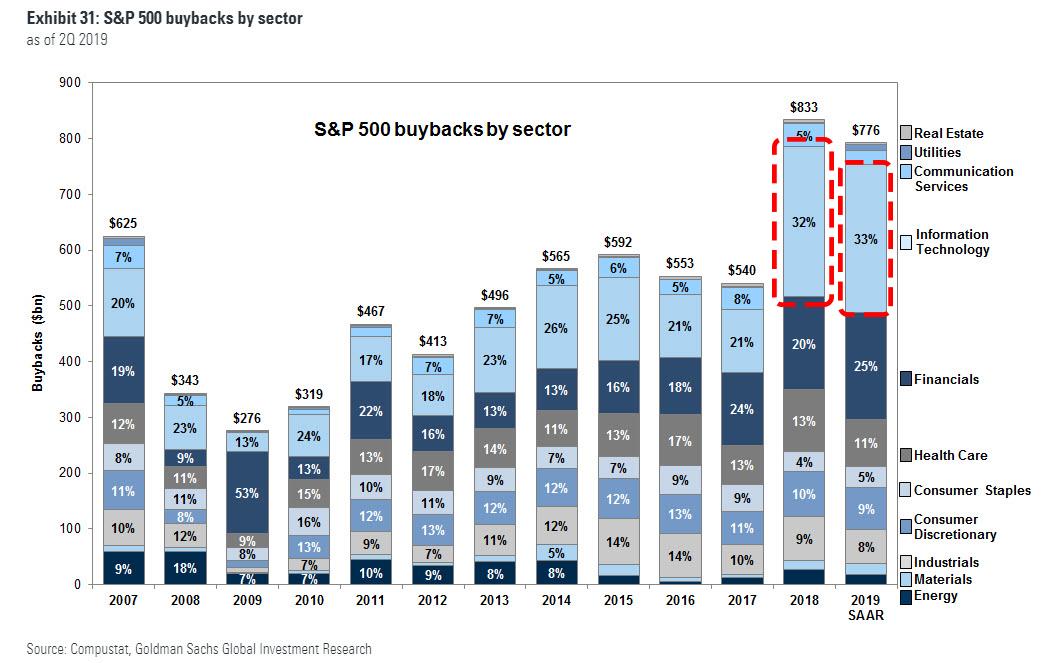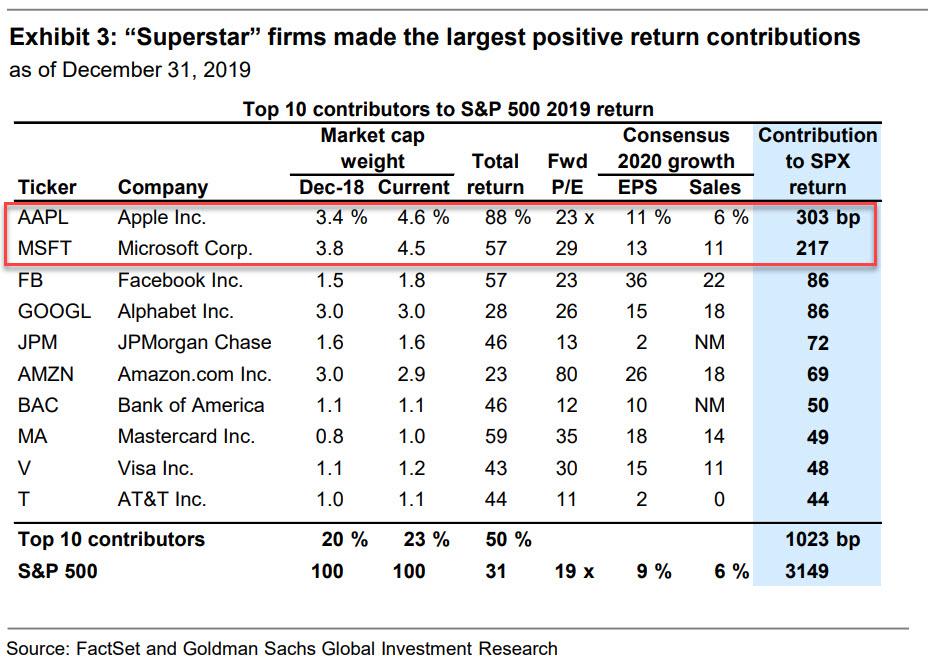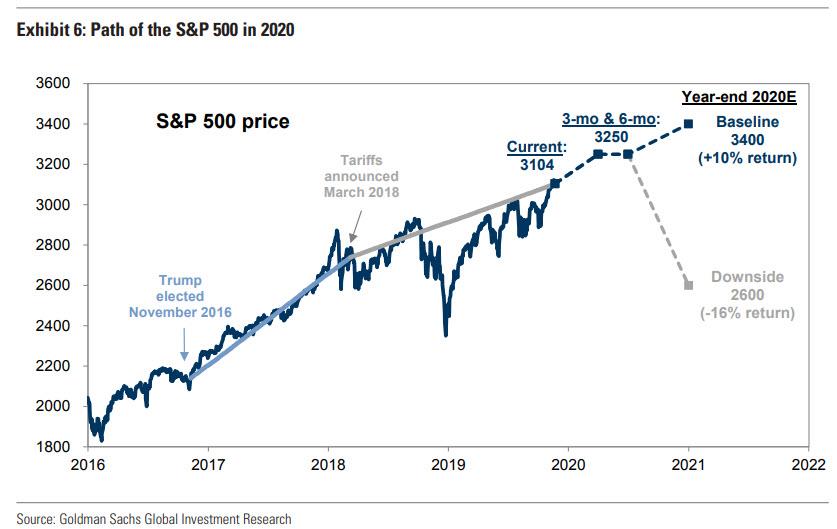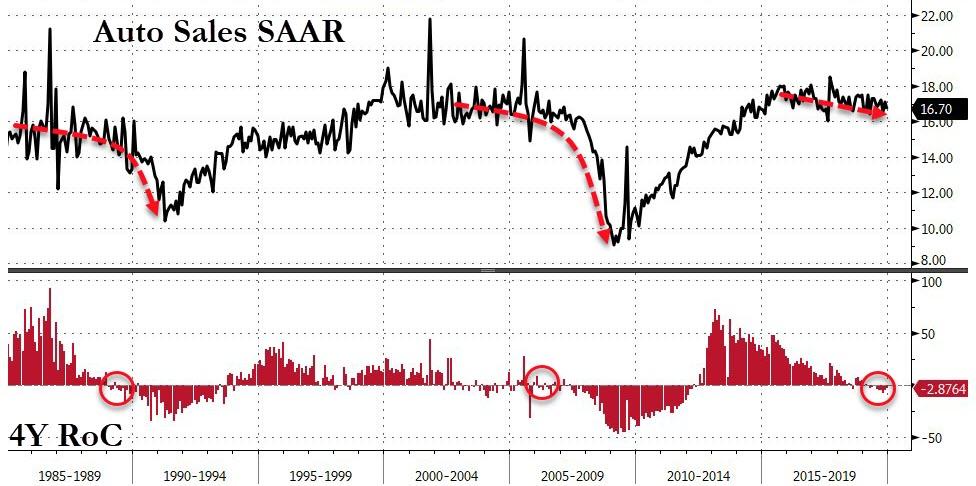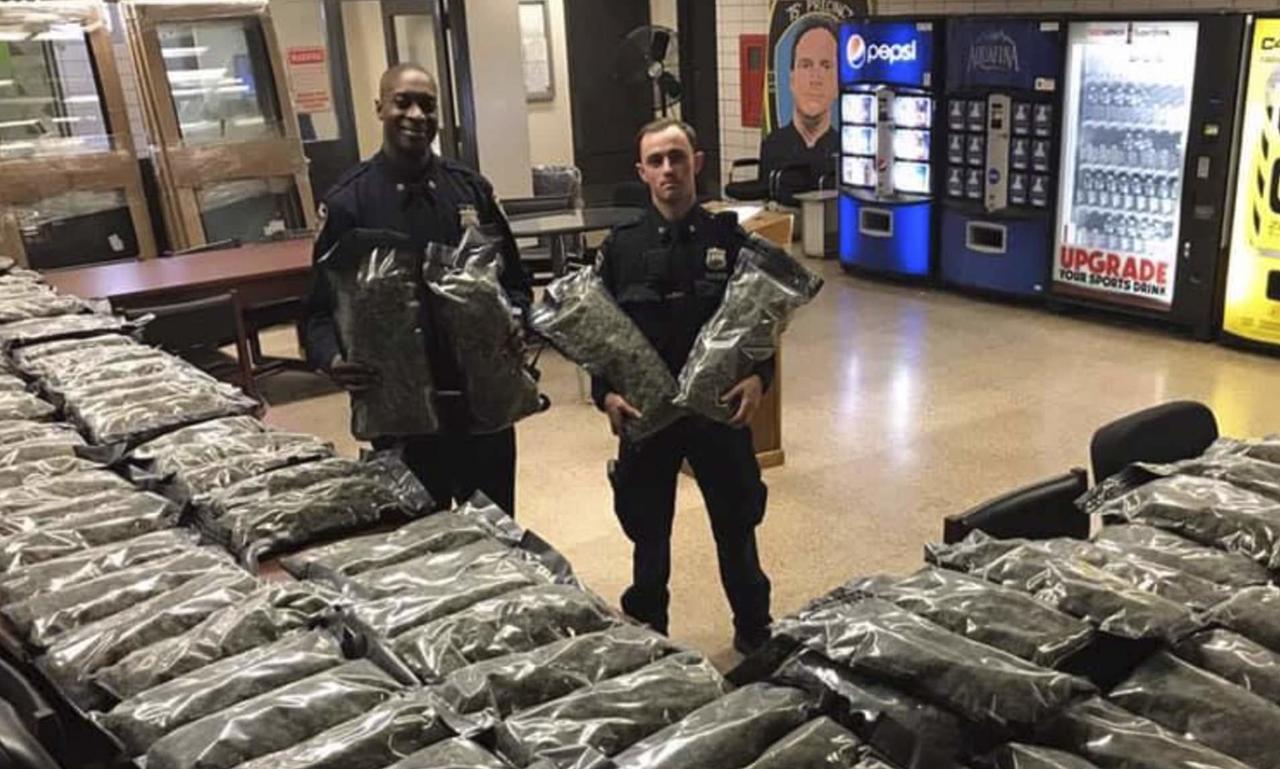Pat Buchanan: Our Real Existential Crisis – Extinction
Authored by Pat Buchanan via Buchanan.org,
If Western elites were asked to name the greatest crisis facing mankind, climate change would win in a walk.
Thus did Time magazine pass over every world leader to name a Swedish teenage climate activist, Greta Thunberg, its person of the year.
On New Year’s Day, the headline over yet another story in The Washington Post admonished us anew: “A Lost Decade for Climate Action: We Can’t Afford A Repeat, Scientists Warn.”
“By the final year of the decade,” said the Post, “the planet had surpassed its 2010 temperature record five times.
“Hurricanes devastated New Jersey and Puerto Rico, and floods damaged the Midwest and Bangladesh. Southern Africa was gripped by a deadly drought. Australia and the Amazon are ablaze.”
On it went, echoing the endless reports on the perils of climate change to the planet we all inhabit.
Yet, from the inaction of the carbon-emitting countries like India, China, Russia and the USA, the gravity with which Western elites view the crisis is not shared by the peoples for whom they profess to speak.
For many First World countries, there are more compelling concerns.
High among them is population decline, and, if birth rates do not rise, the near-extinction of many Western peoples by this century’s end.
Consider…
The number of births in Japan fell in 2019 to a level unseen since 1874, around 900,000. But there were 1.4 million deaths for a net loss of 512,000 Japanese. An even larger loss in Japan’s population is expected this year.
Japan’s population has been shrinking since 2007, when deaths first exceeded births by 18,000. And with 28% of its population over 65, and fewer births every passing year, Japan is aging, shrinking and dying — with no respite in sight.
Across Japan, writes The New York Times:
“Whole villages are vanishing as young people choose not to have children or move to urban areas … The Government estimates that the population could shrink by about 16 million people — or nearly 13 percent — over the next 25 years.”
South Korea has an even lower birth rate, and its population is expected to start diminishing this year.
But it is Eastern Europe where the population crisis is most advanced.
At the end of the Cold War, Bulgaria had 9 million people. By 2017, that had fallen to 7.1 million. In 2050, Bulgaria’s population is estimated at 5.4 million — a loss of 40% to death and migration since Bulgaria won its freedom from the Soviet Empire.
By 2050, Ukraine and Poland are each projected to lose another 6 million people, and Hungary will lose 1.5 million.
Lithuania and Latvia have seen serious population losses since the end of the Cold War and are in the front rank of European nations losing people at the fastest rate.
U.N. demographers project Russia’s population may fall from 145 million today to 121 million by 2050. Such losses rival those that Russia suffered under Lenin, Stalin and World War II.
The Far East is home to some 6 million Russians who dwell on that vast tract that is so full of natural resources like timber, oil and gas.
“The population continues to decrease almost everywhere in the Far East,” lamented President Vladimir Putin at an investment conference in Vladivostok:
“The inflow is increasing, but it does not cover the number of people leaving the region.”
In the Far East, Siberia and the Lake Baikal region, investors and workers from China are appearing in growing numbers.
The tribes of Europe, the peoples of almost every country of the Old Continent, are visibly aging, shrinking and dying. The population crisis of Europe is “existential,” says Croatian Prime Minister Andrej Plenkovic.
Since this writer published “The Death of the West,” nothing has happened to alter my conclusion as to where the West was destined:
“The Death of the West is not a prediction of what is going to happen. It is a depiction of what is happening now. First World nations are dying. They face a mortal crisis, not because of something happening in the Third World, but because of what is not happening at home and in the homes of the First World. Western fertility rates have been falling for decades. Outside of Muslim Albania, no European nation is producing enough babies to replace its population. … In a score of countries the old are already dying off faster than the young are being born. … There is no sign of a turnaround. Now the absolute numbers of Europeans have begun to fall.”
We are talking here about what historians, a century hence, will call the Lost Tribes of Europe. And if a people has ceased to replace itself, and the national family is dying out, it is difficult to generate alarm over the slow sinking of the Maldives into the sea, the melting of the polar ice caps, or the fact that Greenland is getting greener every year.
Tyler Durden
Sat, 01/04/2020 – 17:30
via ZeroHedge News https://ift.tt/2QpCYnE Tyler Durden

